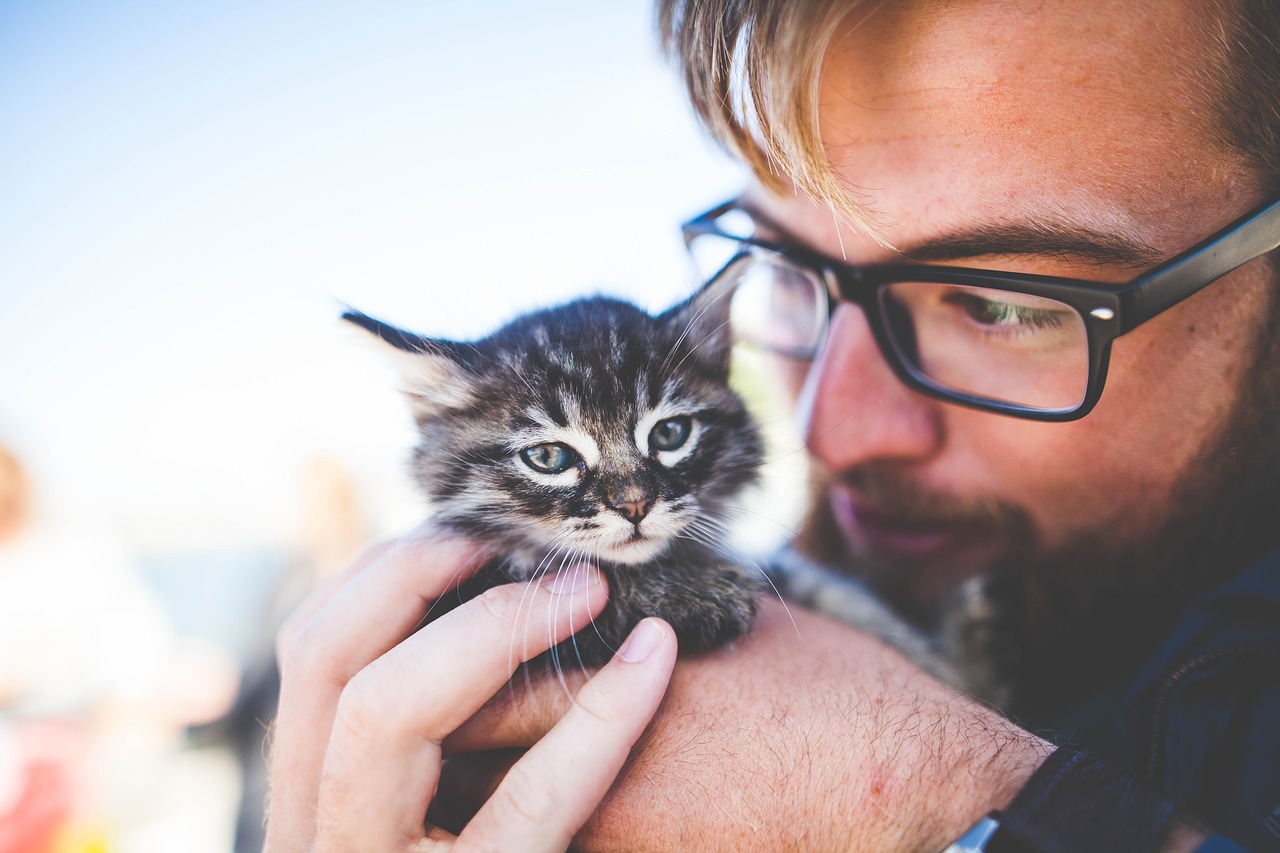Americans love their pets. For many people, they’re part of the family. And pet ownership has increased considerably over the past 30 years. The American Pet Produce Association reports that as of 2018, 68 percent of US households (84.6 million homes) have a pet — up from 56 percent in 1988. So it comes as no surprise that pet insurance is something that more and more consumers are interested in purchasing. The Insurance Information Institute states that pet health insurance experienced record growth in 2017, with gross written premiums reaching $1.2 billion — up 23 percent from 2016. As an independent agent, this is definitely a type of coverage worth offering. But having success hinges upon first understanding pet insurance customer demographics and what motivates them to buy.
Who’s Buying Pet Insurance?
The number one age demographic for pet ownership is millennials. While being less likely to be homeowners, car owners or parents than the generation before them, they are more likely to be pet owners. Besides the inherent joy that comes along with pet ownership, many millenials are especially fond of having pets because they provide companionship and can serve as a replacement for children. So in terms of age, this is the primary demographic you’ll want to target. When it comes to gender, Bhattarai adds that millennial men tend to seek companionship in pets more than women. Some 71 percent of men in this age group have dogs versus 62 percent of women, and 48 percent of men own cats versus 35 percent of women. Freelance writer and editor Heather Struch goes into more detail in Reuters saying that most pet insurance consumers are single and don’t have children. However, she adds that empty nesters whose children have recently left home comprise a sizable portion of pet insurance buyers as well. In other words, the people who are buying pet insurance are individuals who are affectionate pet owners, deeply concerned with the wellbeing of their animals and aren’t currently raising children.
Why are They Buying It?
There are two main reasons why the pet insurance market is growing. One is that there’s a bigger commitment to pet care than in the past. “From 10 to 15 years ago to today, there’s been a dynamic shift in people’s minds,” veterinarian and founder of Pets Best Insurance Dr. Jack Stephens tells Animal Wellness Magazine. “Animals are no longer considered disposable, they are more like children, and people will do much more to keep them healthy.” Stanley Coren, Ph.D., author of The Intelligence of Dogs, even goes so far as say in Psychology Today that some people actually care more for their dogs than for other humans. So it’s easy to see why many are willing to spend more on their pets to ensure that they stay in good health. The other reason is because of the rising medical costs involved with veterinary care. Just like human medical costs, it’s becoming increasingly expensive to treat pet illness and disease. The American Pet Product Association found that during the course of just one year, the cost of veterinary care increased from $17.07 billion in 2017 to an estimated $18.26 billion in 2018. The DocShop Team says dogs cost an average of $227 per year and cats cost $90 per year. Even smaller pets like hamsters and rabbits come with a price tag and typically cost anywhere from $30 to $90 per year. The most common conditions for dogs are ear infections (costing $149 per visit), allergies ($235 per visit) and skin infections ($175) according to the team at Value Penguin. As for cats, it’s urinary tract condition ($295), upset stomach ($385) and renal failure ($485 per visit). And of course, if the pet is injured or develops a serious disease like cancer, those costs can quickly skyrocket. In fact, chemotherapy alone can cost up to $10,000. Buying pet insurance provides consumers with a means of counteracting many of the expenses that come along with owning a pet. Kerry Sutherland at SheKnows says insurance gives you the comfort of knowing your savings won’t be wiped out if your pet needs emergency surgery. And as the ASPCA team also points out, the more robust plans go beyond conventional medical expenses and also take care of costs for treating behavioral issues like anxiety and destruction of the home and even alternative therapies such as acupuncture and rehabilitative therapy.
Current Trends
There’s a significant disparity in terms of the number of dogs and cats that are insured. Research by Pet Insurance Quotes found that the number of US dogs insured in 2016 was 1.4 million, whereas the number of cats was only 200,000. In terms of average premiums, Kerry Lengyel at Veterinarian’s Money Digest writes that in 2017 these were $535 annually for dogs and $335 for cats. This means that dog owners will be your primary point of emphasis for the simple fact that it’s a bigger market with higher premiums.
Are Buyers More Urban, Rural or Suburban?
Most experts agree that the majority of individuals buying pet insurance live in large urban areas. This is because things tend to cost more in larger cities, including animal care. “Veterinary charges influence the premiums you are charged,” says the North American Pet Health Insurance Association. “Generally in urban centers, the cost of veterinary treatments and overhead is higher than in rural areas, so premiums will reflect this.” This is evident by the fact that Manhattan is the most expensive city in the US according to Pet Insurance Quotes. So if a pet owner anticipates higher costs, they’re usually more inclined to purchase pet insurance to offset those costs.
Are Buyers Families or Single Professionals?
As Heather Struck at Reuters mentioned earlier, many of the people who invest in pet insurance are either childless or empty nesters. So you’ll find that it’s more single professionals who are buying these policies than families. This makes sense considering that many people actually consider their pets as children to a certain extent. In fact, a full 44 percent of millennials think of their pets as “starter children” that will prepare them for parenthood later on, Alexander Whittaker InStyle associate news editor writes. And 21% even say that this is the main reason why they become pet owners in the first place. Most people interested in pet insurance aren’t dealing with the myriad of costs of raising children and therefore have more money to devote to their “fur babies.”
What Does a Typical Buyer Persona Look Like?
Let’s put it all together and construct an example buyer persona. You’ll generally find that your average pet insurance customer is either a millennial who hasn’t yet had children or a baby boomer who has already raised kids that have left home. They’re immensely concerned about the health and wellbeing of their pet and are aware of the costs that come along with veterinary care. They want to know that they’ll be financially capable of handling the rising costs that come along with pet ownership. They also want to make critical decisions regarding their pet’s health without having to worry about the financial implications. In terms of the specific types of pets, insurance covers everything from dogs and cats to birds, rabbits, hamsters and even reptiles. However, dog owners are far more likely to seek out pet insurance than any others. They also likely live in a large city where medical care and services for pets is higher than it is in rural or suburban areas. While demographics will obviously vary, this should serve as a basic buyer persona so you’ll know which individuals to target.
A Huge Opportunity
Pet ownership is on the rise in the United States. As a result, pet insurance is quickly growing in popularity. People have an incredibly close-knit bond with their pets, making pet insurance an integral part of responsible pet ownership, veterinarian Dr. Nancy Kay at Pet Health Network writes. She adds that the growth that’s happening in pet insurance outpaces many other insurance categories. But what’s interesting is that Pet Insurance Quotes says that fewer than one percent of all American dogs and cats are insured. This means that pet insurance is a somewhat of diamond in the rough for independent agents. There are some serious opportunities out there — you just need to capitalize on them. By having a clear understanding of who you’re trying to reach and what’s driving them, you can increase your customer base and include pet insurance as one of your key coverage options.

